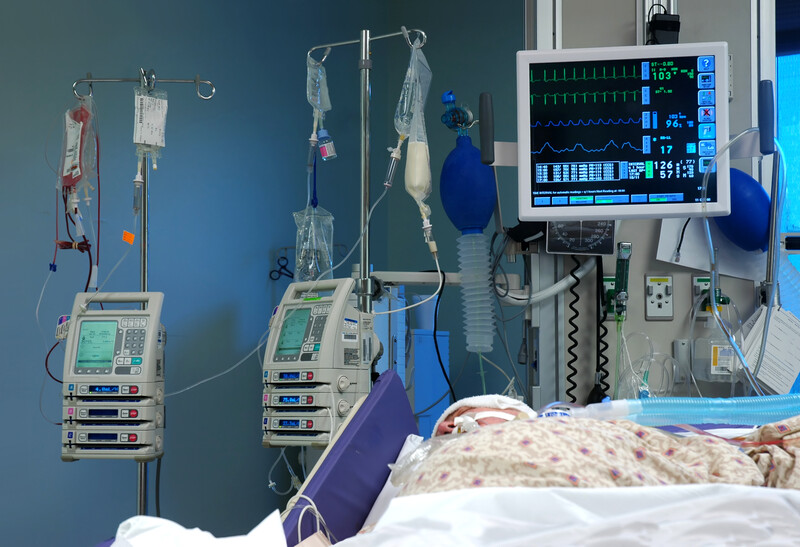Technology now impacts every aspect of our lives. In the medical field, technological innovations have transformed healthcare delivery. Innovative software and other advancements allow medical transcription service providers to work with physicians to turn their clinical dictations into notes for integration into electronic health records (EHRs). Recent reports draw attention to the role of technology in the emergency department (ED). IT implementation in the ED is making a difference by boosting operational efficiency, reducing costs, and improving patient outcomes and staff retention.
- Telemedicine: Telemedicine is a great example of medical technology. In the ED, telemedicine is decreasing improper admissions and readmissions, saving costs and promoting efficient resource allocation (www.healthtechmagazines.com). One of the main concerns in EDs is high patient volume, which strains resources. With video technology, the ability to share and review images, and to interact with the patient, telemedicine can reduce ED response times greatly and improve access to specialty care. Providers can use the technology to make risk-based decisions about patients’ care. ED visits for individuals with behavioral health issues are rising and patients may have to wait for hours for an evaluation. Telepsychiatry programs can reduce behavioral health load in the ED and deliver quality, cost-effective, timely mental health services.
- Artificial Intelligence: A 2018 UC Irvine (UCI) health report described how artificial intelligence tools speed emergency care at the UCI Medical Center. The center has implemented an innovative app that takes just about 20 seconds to analyze a CT scan for cerebral hemorrhages. This task can take more than an hour in a busy ED. Another AI tool at the center assesses magnetic resonance imaging (MRI) results to grade genetic mutations in deadly brain tumors that cannot be examined safely via surgical biopsy as they are too deep. The technology can also predict a tumor’s growth and recommend countermeasures. According to the UCI center’s scientists, technology can even learn to interpret all sorts of medical images and data.
- Communication tools: Technology continues to improve communication in the ED. While EHRs have helped streamline health management and communication in emergency situations, a 2016 Business Journal report discussed several technologies that have reduced the stress associated with ED visits and made them more patient-friendly. Technology helps patients make the important decision on where to go in an emergency. They learn about estimated ER wait times on hospital websites or digital freeway billboards. ER staff can be notified of the patient’s symptoms via a web or mobile emergency room notification app, including expected arrival time. This will help ED staff better prepare for treatment. Patients can also use the app to fill out a registration form online or expedite the process at a registration kiosk. Some systems let patients scan their health care card, whereby information about them will be instantly downloaded from a health information exchange.
Once patients are in the virtual line, they can sign up to track their wait time via text messages. Text updates from the hospital team will also keep the patient’s loved ones informed about treatment progress. After they return home following the treatment, patients can continue to manage their health online. They can access their electronic medical record (EMR), find a physician, make appointments, and get answers to health care questions.
- Smartphones and tablets for ECG review: Physicians can review ECGs on tablets and smartphones (www.dicardiology.com). Cardiologists can get immediate access to ECGs wherever they are and immediately evaluate chest pain patients for potential ST-elevation myocardial infarction (STEMI). By enabling earlier activation of the cath lab, especially during off-hours, this technology can help reduce door-to-balloon times. It can also simplify and speed collaboration in hospitals, allowing the ED or ICU staff to get a cardiologist’s opinion on abnormal ECGs. Physicians can also review regular ECG exams in between procedures or at their convenience.
- Electrocardiogram-transmitting technology: Paramedics and physicians in Roseville, Calif., are using state-of-the-art electrocardiogram-transmitting technology to get things move faster in the ED (ww.gov.tech). This wireless technology can cut about 20 minutes off of the time it takes from when a patient enters a hospital until doctors provide life-saving intervention. It allows paramedics to send 12-lead electrocardiogram (ECG) results, or data from 12 angles of the heart’s electrical system, to a specially designated hospital where emergency room doctors and cardiologists can assess the patient’s heart condition before arrival. This is improving patient outcomes and patient lives.
Patients who arrive in the ED may be unresponsive or unable to supply the requisite details. While medical transcription outsourcing can ensure quality EHR documentation, interoperable EHRs are necessary for ER physicians to create a complete picture of the patient’s health history and develop the emergency care plan. However, true EHR interoperability is far from fruition. Industry stakeholders need to work towards EHR interoperability to improve quality of healthcare processes in general and in the ED in particular.


